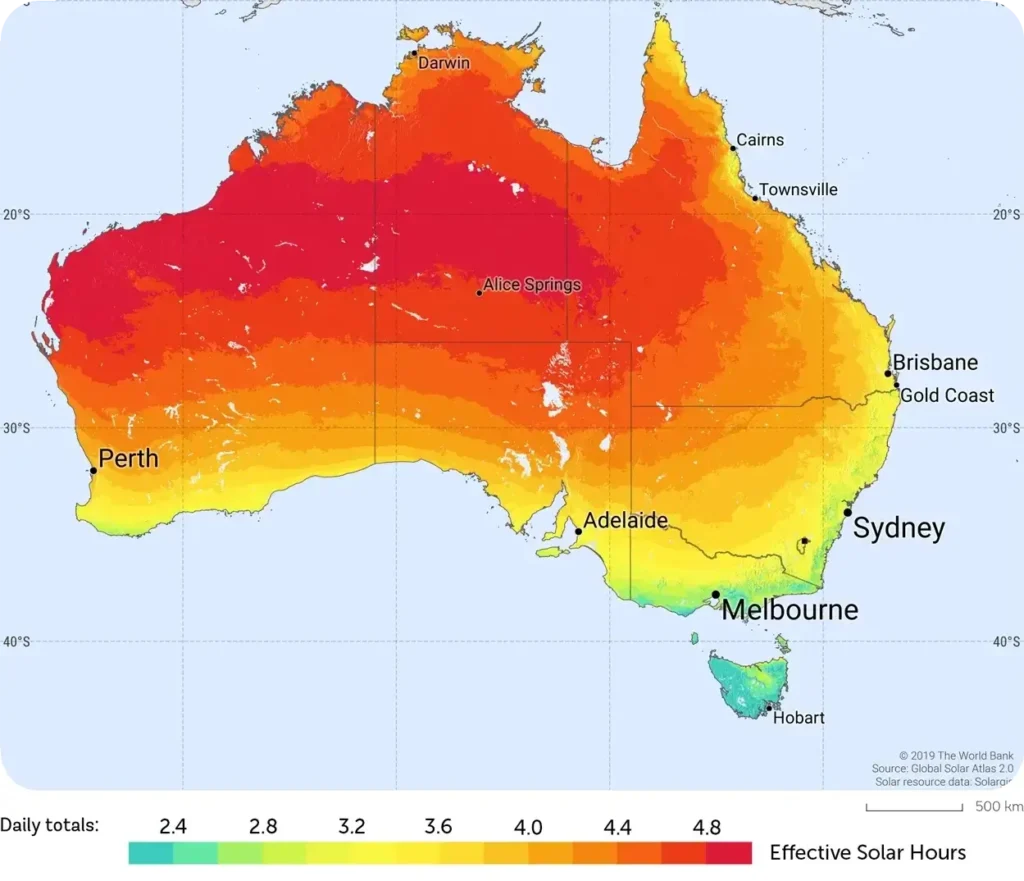FAQ - Frequently Asked Questions

A stand-alone power system (SAPS) is an independent power system that is not connected to the electricity grid.
It typically includes solar panels, batteries, and an inverter to convert DC power to AC power.
A hybrid grid-connect system is a solar power system that is connected to both the electricity grid and a battery bank.
This system allows you to use solar power during the day and switch to the grid or battery power when solar power is not available.
The installation time for a solar power system varies depending on the size of the system and the complexity of the installation.
Typically, a residential system can be installed within 1-3 days.
In a grid-tied solar power system, the panels will not work during a blackout because they are designed to shut off automatically when the grid goes down. However, a hybrid or stand-alone system can continue to produce power during a blackout.
Our solar and engineering experts can evaluate your property to determine whether it is suitable for solar panels.
Factors such as the angle of your roof, the amount of shade on your property, and your energy usage will be considered.
In a grid-tied solar power system, you may be able to sell excess power back to the grid through the Western Australia Government’s Distributed Energy Buyback Scheme (DEBS).
You may be applicable if you own a power system capable of generating 500W to 5kW, A 6.6kW solar PV system with up to a 5kVa inverter
The typical life span of Lithium-Ion batteries is 15-years + and often have warranty’s of 10-years. One of the most FAQ is what can I do for my batteries to make them last longer. Click here to find out.
Components include solar panels, charge controller, batteries, inverter, and optional backup generator.
System size depends on your energy consumption, location, and weather conditions. A solar professional can help you determine the appropriate size.
Off-grid solar systems typically have a lifespan of 25-30 years with proper maintenance.
Yes, regular maintenance such as cleaning panels and checking connections is necessary to ensure optimal performance.
Yes, off-grid systems can be expanded by adding more solar panels, batteries, or inverters as needed.
Yes, off-grid solar water heating systems are available and can be integrated into your off-grid setup.
Yes, backup generators can be integrated into off-grid systems to provide power during extended periods of low sunlight or high demand.
Space requirements depend on the size of the system and the efficiency of the panels, but typically require several hundred square feet of unobstructed space.
Off-grid systems are not connected to the grid, so excess power cannot be sold back.
Consider factors such as efficiency, durability, warranty, and cost when selecting solar panels for your off-grid system.
Yes, solar panels should be cleaned periodically to remove dirt, debris, and other contaminants that can reduce their efficiency.
A professional solar panel cleaning service can help ensure that your panels are working at their optimal capacity.
Yes, solar panels can work in cold climates as long as they are installed at the correct angle and are not covered by snow or ice.
Solar power systems require very little maintenance. You may need to clean the panels periodically and check the batteries, but overall, the system should require minimal attention.
Solar panels are designed to last for 25-30 years or longer, depending on the quality of the panels and the conditions in which they are installed.
The amount of energy that a solar power system can produce depends on the size of the system and the amount of sunlight it receives.
A typical residential system can produce 10-25 kilowatt-hours (kWh) of energy per day.
Our in house solar and engineering experts can help you choose the right system for your needs based on factors such as your energy usage, budget, and property characteristics.
In Australia, the government offers a Small-scale Renewable Energy Scheme that allows households to receive Small-scale Technology Certificates (STCs) as a form of rebate for installing solar panels.
This rebate can come off the cost of your solar power system.
Off-grid solar power refers to a system that generates electricity using solar panels and is not connected to the utility grid.
Off-grid solar systems capture sunlight using solar panels, convert it into electricity through inverters, and store excess power in batteries for use when the sun is not shining.
Costs vary based on system size, location, and components, but typically range from a few thousand to tens of thousands of dollars.
Yes, with proper sizing and energy management, off-grid solar systems can power all or most of your home’s electrical needs.
Yes, off-grid solar systems can be designed to work in various climates, although performance may vary based on sunlight availability.
You can calculate your energy needs by estimating the wattage of appliances and devices you use and multiplying by the hours of use per day.
Off-grid systems often include battery storage to provide power during periods of low sunlight.
Yes, permits are typically required for the installation of off-grid solar systems, although requirements vary by location.
While it’s possible to install some components yourself, such as solar panels, it’s recommended to hire a professional for a safe and reliable installation.
In some areas, there may be incentives such as tax credits or rebates for installing off-grid solar systems. Check with local authorities or utility companies for available incentives.
Contact Us Today
Speak to us today about your energy requirements and how we can help. We offer real solutions that enable you to achieve your off-grid & solar aspirations.
Contact us here or on 1800 12 24 48

